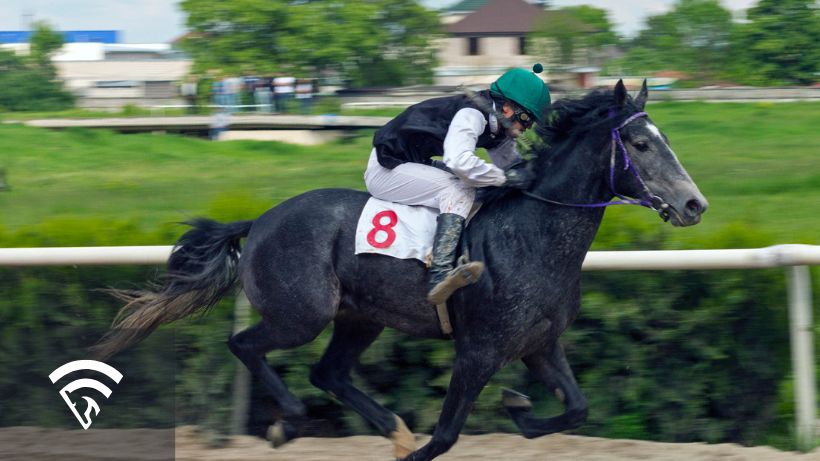What is a Bad Favorite?
A bad favorite is a horse that is receiving a high amount of public betting support, often going off as the race favorite, but lacks the credentials or current form to justify the short price. These horses are typically overbet due to name recognition, past performances, or connections, but present poor value to sharp handicappers.
Spotting bad favorites is one of the most important skills in betting. It’s not just about picking the winner, it’s about identifying when a horse is unlikely to offer a profitable return over the long run.
Common Traits of a Bad Favorite
- Questionable recent form: A string of losses, declining speed figures, or no excuse for a poor last race.
- Distance or surface changes: If a horse has never run on turf or is stretching out after sprinting unsuccessfully, there’s added risk.
- Dropping in class without success: A horse that's been losing at higher levels and still can’t win despite dropping in class may have physical or mental issues.
- Heavily favored off back-class: Past wins at high levels can drive bets, but the horse may no longer be in top shape.
- Public money chasing connections: A big-name jockey or trainer combo can drive the price down, even if the horse doesn’t deserve favoritism.
Why It Matters
Beating bad favorites opens the door to bigger payouts. When the betting public puts its money behind the wrong horse, it creates inflated odds on others. Identifying these situations and betting against them, either by picking another contender or excluding the favorite from exotics, is where value lives.
Examples in Practice
Let’s say a horse is 6/5 on the morning line but:
- Hasn’t raced in 8 months
- Is trying a surface it’s never run on
- Has posted a series of poor workouts
- Is facing in-form rivals
That’s a red flag for a bad favorite. Even if the horse wins, the risk far outweighs the potential return.
How to Capitalize
- Look deeper than surface stats: Dig into trip notes, class drops, pace setup, and recent intent.
- Find legitimate alternatives: You don’t have to take wild swings, you just need a more likely winner at better odds.
- Use horizontal wagers strategically: Tossing a bad favorite out of a Pick 4 or Pick 5 sequence can turn a small ticket into a massive score.
Final Thoughts
Not all favorites are bad, but many are bet down to unplayable prices. The key is identifying when a horse is getting support it doesn't deserve, and being ready to capitalize on it.
Want help spotting vulnerable favorites and uncovering live alternatives? Sign up for EquinEdge and sharpen your edge with the industry’s most advanced tools.
